22/05/2023
Keeping the workforce productive in a hybrid world

AI is here. Some call it the Fifth Industrial Revolution, a fundamental shift in society and the civilisation. And in some ways, it is. But see it in its broader economic and business context, and it starts to look a lot more normal: greater productivity, lower costs at scale, and a more positive employee experience for all.
Which is only natural. Think what the previous industrial revolutions have in common. A small number of key technologies enabled businesses to save time and money by performing repetitive, monotonous tasks at scale. In the First (the one you studied at school) the drivers were steam and railways; the Second, electricity and assembly-line production; the Third, integrated circuits and digital computers. Followed by the Fourth: the internet and broadband communications.
And this fifth revolution is no different.
Applied correctly, AI will automate tasks and processes and free people from drudgery, so their creativity and intellect can be applied elsewhere. It’ll do it at scale, meaning businesses will become more productive, more efficient, create more innovative products and services. And by automating thankless but essential tasks, it’ll take a lot of boredom out of the average working day for your biggest assets: human beings.
So while the hype factor’s high – not to mention the fear factor – the everyday outcomes of AI won’t replace people, much less subjugate them. Tools like Robotic Process Automation have been around for years, but it’s only recently that AI has started making a difference, making smart decisions about unstructured data. At Getronics, we believe that’s how AI will change our world for the better: running automated managed services, optimisation of processes everywhere, threat detection and secure connectivity 24/7. Every second of every day.
The mantra: if it’s automatable, automate it.
Let’s dig deeper into the Getronics view of AI – and how the reality is even more exciting than a sci-fi movie.
1. Efficient service and support with automation
The modern world runs on connected data. Applications and information, taking in and transforming data of all kinds into desired business outcomes. There’s no obvious ceiling to its advantages: make data more available to the right people, in an easy-to-understand form, and it enables ever-smarter decisions and strategies. (See our Digital Workplace content for more on this.)
But in the real world, keeping that machine humming takes a lot of effort. Non-intuitive applications that need training time; patchy bandwidth that prompts a call to the Service Desk; a site that goes down or a resource that isn’t up to date prevents people getting their work done. The thousand and one incidents an IT department deals with daily are all drag factors creating “digital friction” that interrupts the smooth functioning of the organisation.
The good news: many of these tasks are data-triggered, repetitive, and have general solutions, making them ripe for automation. And there’s a management bonus: when boring and repetitive tasks are taken away, job satisfaction rises, with an effect on retention, productivity, and employee engagement – music to HR ears.
So our first application of AI is the most understated: automating support and monitoring the Service Desk and watching the network for risks, 24/7. That means humdrum yet vital tasks – like keeping software up to date, maintaining the integrity of authentication and identification, and looking out for threats at the perimeter – are baked into your network, with AI automatically looking for patterns and taking action according to an agreed process. Not just reacting to events, but actively seeing patterns and responding on its own initiative.
When you talk to people like Gartner, one of the leading factors to measurement is how mature their automation services are. It seems that this really is the key to unlock everything.
Stephen Homer, Getronics
The ambition is to reach the ideal case: avoiding an individual having to contact the Support Desk at all. AI is how we do it: turning “digital friction” into digital dexterity, where people are empowered to use technology as the great enabler it is.
2. New opportunities for ongoing optimisation
A key pain point for most businesses isn’t a lack of data but a surplus of it. Each user produces millions of data points a month; their applications and interactions, billions more. There’s so much data sloshing around that traditional analytics tools used by humans are reaching their limit; there are simply too many trees around to make sense of the forest.
AI’s scalable nature is the answer. Imagine a machine able to sort and sift those billions of mostly-boring data points, thousands of times a day, looking for features that suggest there are efficiencies to be made. And not getting bored doing it.
The effect on the cost side is obvious. Perhaps one application is underused, and there are hundreds of seat subscriptions to be saved. Perhaps an employee assigned multiple devices only uses one of them. Or, conversely, a talented worker would benefit from having more. Best of all, no employee feels squeezed when resources are optimised, because that worker had no need of them anyway.
And we can turn that into some actionable insights. Intelligence behind the data of what our end users are doing. What does that mean? Well, it means you can then more accurately decide what they need.
Stephen Homer, Getronics
Today, AI is hitting a price point where it makes sense to deploy it across the enterprise for these repetitive yet value-packed tasks. They make the case for ongoing optimisation and rationalisation of your Digital Workplace infrastructure – and improve the user experience for everyone.
3. Keeping tabs on Shadow IT in a world gone hybrid …
Even pre-pandemic, the rise in remote, home-based, and nomadic working was taking a toll on IT Support. People using their own devices for multiple roles: their own mobile phone as their business contact, their laptop at home for their weekend catch-ups, the desktop PC doing double duty as Junior’s gaming deck.
Today, this “Shadow IT” challenge is 360°. Not just Shadow hardware, but Shadow software and Shadow data, with apps far from any Approved list and important company data on standalone spreadsheets. It’s another area where AI is quietly changing things for the better.
Within these diverse networks, AI is making sense of a vast cloud of information about who can do what and where the risks are. Who can access what information, from which devices, and under which circumstances; where the risks of non-compliant behavior are highest; how policies can limit the downside?
For the C-Suite, it’s a way to leverage AI into a tool of IT investment: right-sizing the office fleet of devices by making it safe for workers to use their own. (Which they tend to prefer anyway.) And with data about the entire IT universe in hand, better decisions can be made about strategic-level financial planning – whether to treat IT expenditure as Opex or Capex for example.
It’s all about enabling and empowering the individual to do the right things, without playing fast and loose with overall network security. It’s far beyond simple threat protection into full endpoint detection and response, bringing together managing identities, dealing with data compliance, and securing devices. No matter who owns them or where they came from.
4. … and staying on top of device lifecycle management
Applications can go down. Bandwidth can stutter. Devices can crash, bad actors can break into sensitive areas, and people can just plain make mistakes. But with AI, many of these problems can be foreseen … and avoided.
After all, the ideal time to fix a device is before it breaks. While MTBF (Mean Time Before Failure) has been a thing since the 60s, AI adds new layers of value: the ability to predict when a device needs maintaining or replacing – not from a manufacturer’s table of averages, but according to that device’s actual operating environment, sensing performance data and forecasting how much life is left.
We have in our offering things that can predict when a laptop or when a system is going to have an issue. So that it’s practically taken care of ahead of time: let’s get an engineer out to fix it before that. And that can then be replicated on a million different things you can think of.
Stephen Homer, Getronics
The device lifecycle management enables a programme of ongoing preventive maintenance across your organisation, making sure assets are working hard for their natural lifespan and don’t interrupt business when they start to fade. Furthermore, there’s a uptick to employee satisfaction. They spend less time wrangling their IT into shape and more time being productive.
AI with Getronics: not an overbearing master, but a subtle right-hand-man
These four areas demonstrate what AI means to Getronics: overwhelmingly a quiet presence working away in the background, making constant small adjustments that add up to profound business value. Fresh opportunities, greater productivity, and more meaningful digital insights that keep your company competitive and your people happy.
To return to our Industrial Revolution analogy: history may see our time as the breakpoint where everything changed, but to us on the ground today, AI isn’t world-shattering or paradigm-busting. It’s just a better way to do Business As Usual. Which, when you think about it, is even more exciting.
To talk about how Getronics can help you make the most of AI, contact us.




